
The Holden Conservation Department is on the hunt for tiny tree-killing pests. During the early and mid-20th centuries, two non-native tree dwelling insects were unintentionally introduced to the eastern United States through the sale of infected East Asian trees. Today, these two insects have spread through most eastern hemlock forests in the United States, where they now ravage entire tree stands.
Elongate Hemlock Scale & Hemlock Wooly Adelgid
The first pest to arrive in the US was the Elongate Hemlock Scale (EHS), a tiny, nutrient-draining armored insect that attaches itself to the underside of coniferous tree needles, primarily favoring hemlocks. The second pest discovered on native trees was the Hemlock Woolly Adelgid (HWA), a similar sap-sucking insect named for the wool-like egg sacs they produce. Both of these insects are capable of causing immense damage to their host trees. EHS steals nutrients from their host, causing serious needle decay that leaves the tree vulnerable to other pests. HWA similarly leaches from the tree, it sits at the base of needles, blocking them from receiving the nutrients they need to maintain healthy foliage. In many cases, eastern hemlocks are unable to recover from the degradation caused by the pests, resulting in death sometimes after only a few years, depending on the level of infestation.

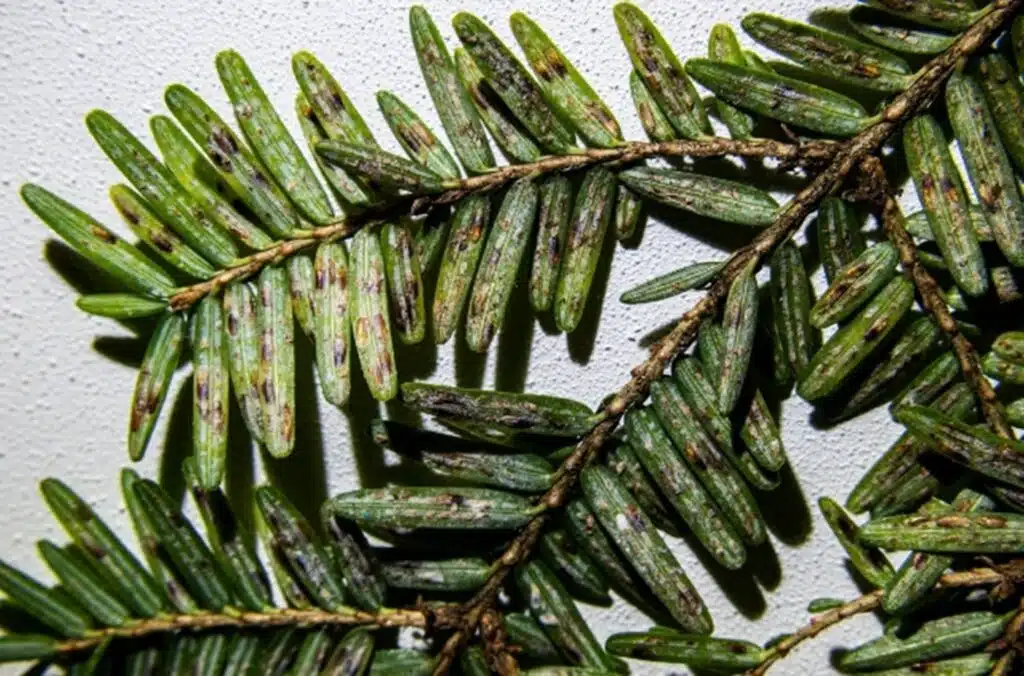
In their native habitat, these pest populations are naturally controlled by parasite resistant host trees and predators like silver flies and beetles. In the eastern United States, the pests can thrive in hemlock stands since natural deterrents aren’t present. Due to this sensitivity, we need to protect our hemlock stands.
Hemlocks Provide for their Ecosystems
As a foundation species, eastern hemlocks perform many critical roles in their environment. They provide food and shelter for birds, mammals, and insects. They create the ideal cool and moist conditions needed for sensitive plant and fungus species to flourish. They even help sustain healthy soil and stream water conditions by preventing nutrient overflow and providing shaded cover for aquatic animals like the brook trout. Without healthy hemlocks, many vital ecological functions will not be fulfilled, and integral species will not be present, leaving our forests vulnerable to collapse.
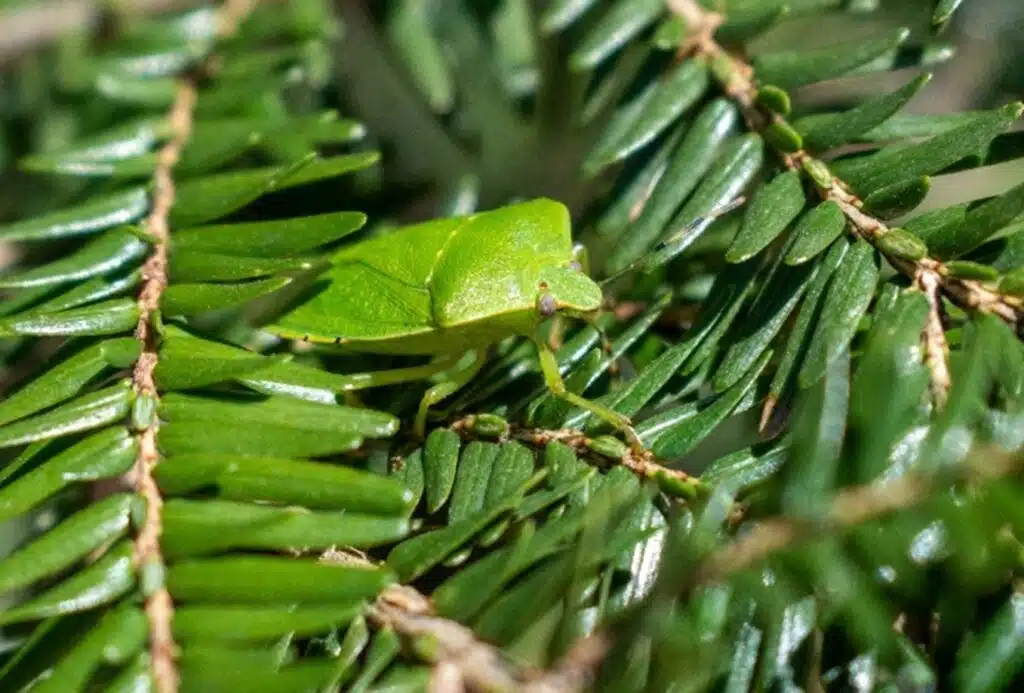
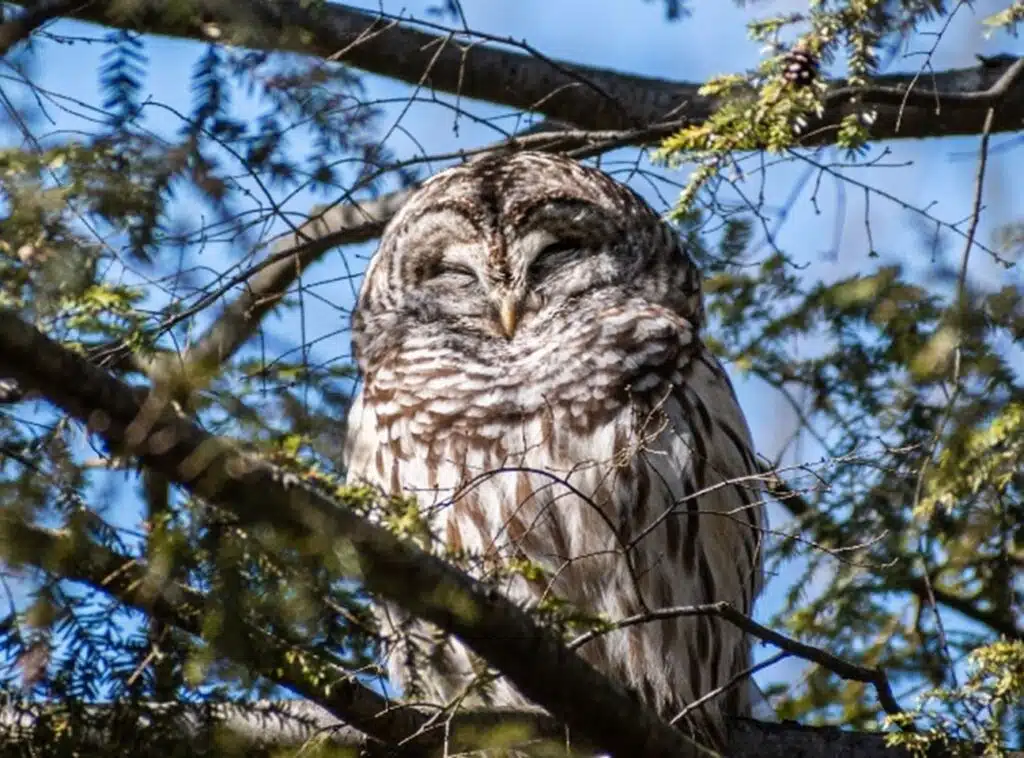
Working Towards a Healthier Future
There is still hope for the eastern hemlock, as many organizations have successfully knocked back these pest populations in native stands, mostly by means of direct pesticide application to infected trees. Resistance breeding and biological control programs are also being tested. Here at the Holden Arboretum, we have been working hard to protect Ohio hemlocks. Our conservation department has been surveying and treating afflicted stands in important areas and our research department has been working towards finding pest tolerant trees and quantifying their levels of resistance for breeding programs. Most recently, we have started a new project conducting HWA/EHS surveys on priority eastern hemlock stands neighboring the arboretum. With survey permission from local landowners and generous financial backing from the S. Livingston Mather Charitable Trust, our team is surveying for the hemlock pests in some of northeast Ohio’s important eastern hemlock stands. We have finished surveying several key areas and have unfortunately discovered HWA and EHS to be present and even thriving in particular sites. When all the surveys are completed, we will be able to plan future treatments. Hopefully, all the time and effort put into this project will soon result in safe and healthy conditions for our Ohio hemlock trees.
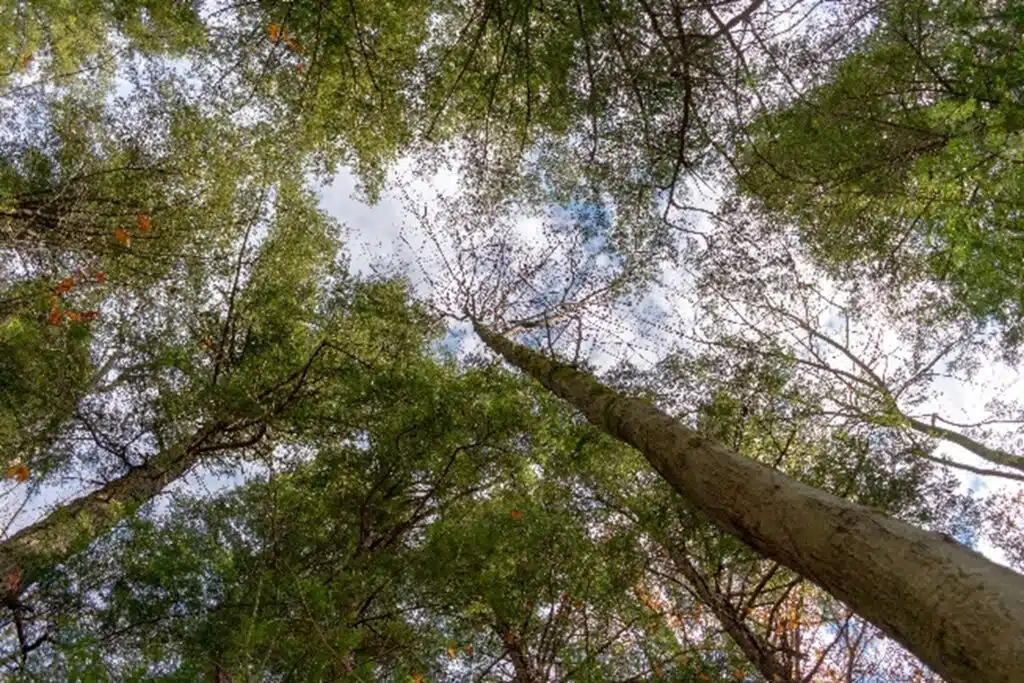
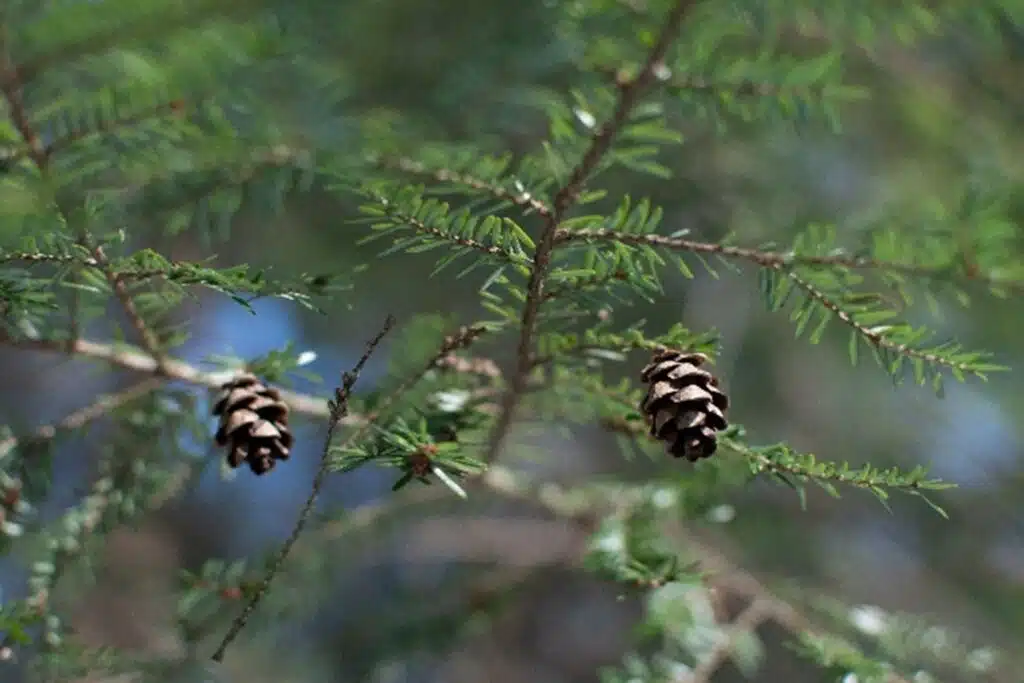
Do you have eastern hemlocks in your yard? Check out these helpful resources for information on monitoring and treatment.
https://extension.psu.edu/integrated-approach-to-hemlock-woolly-adelgid-mitigation

Albert Jackson
Conservation Seasonal











